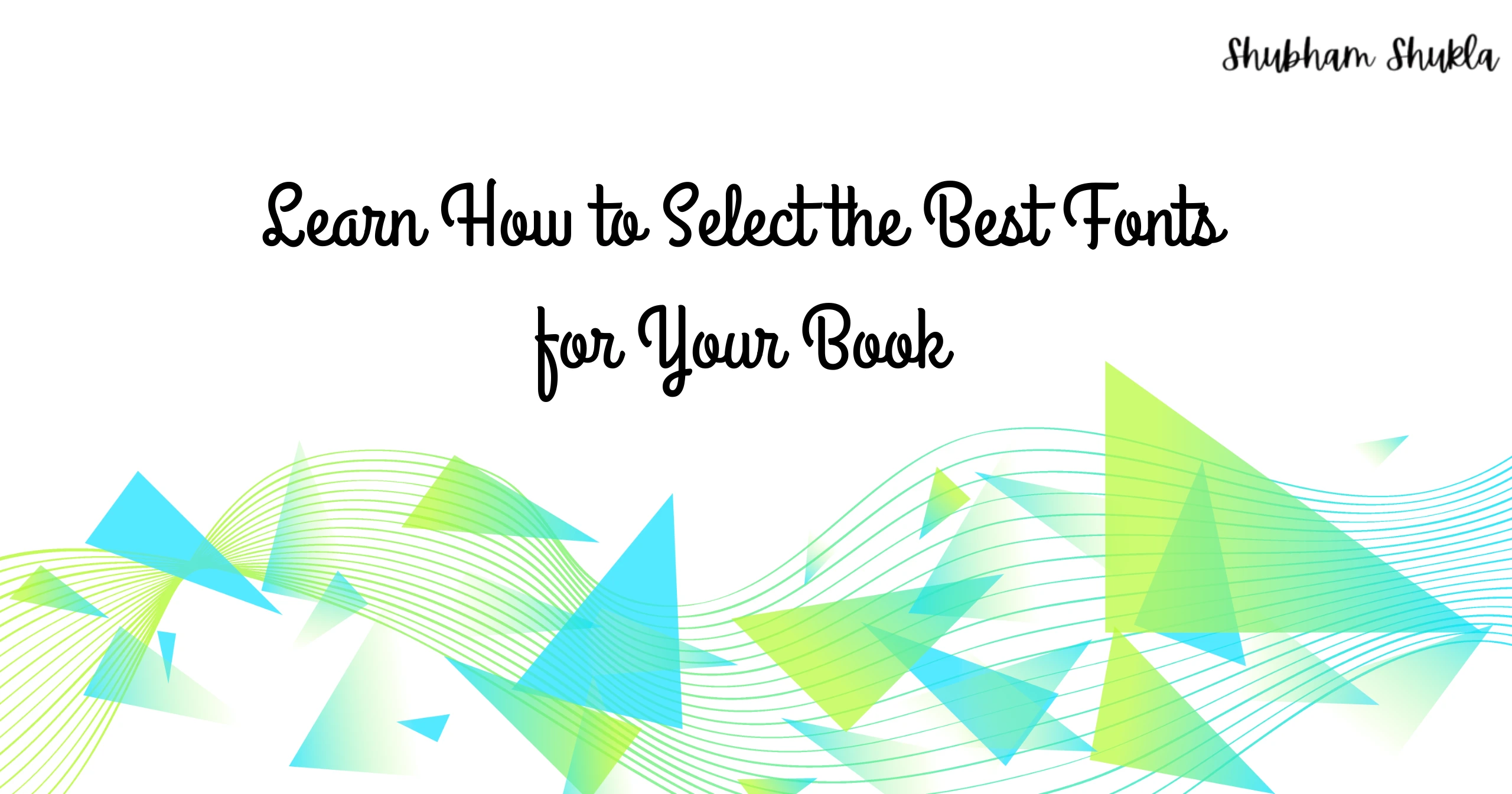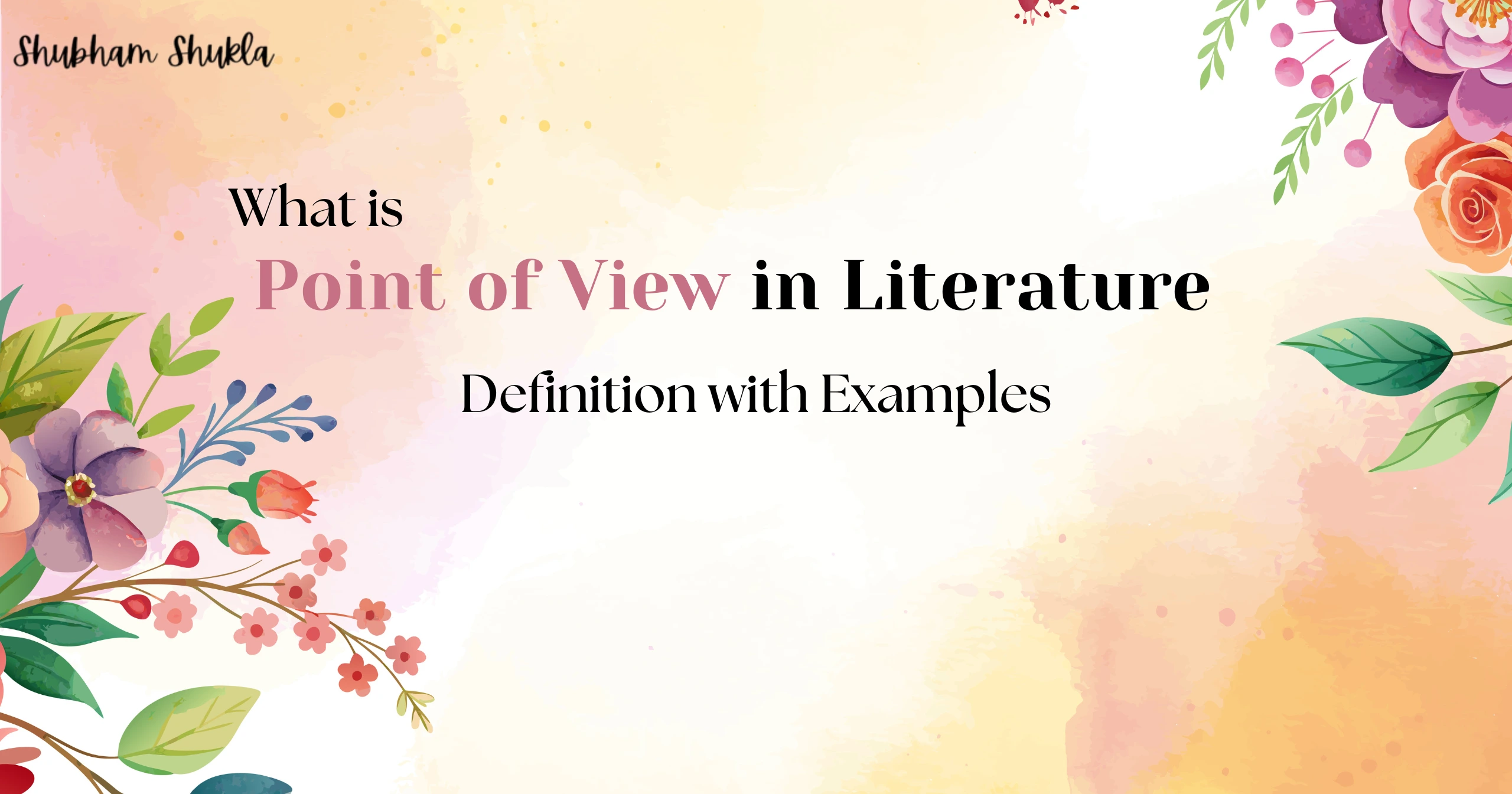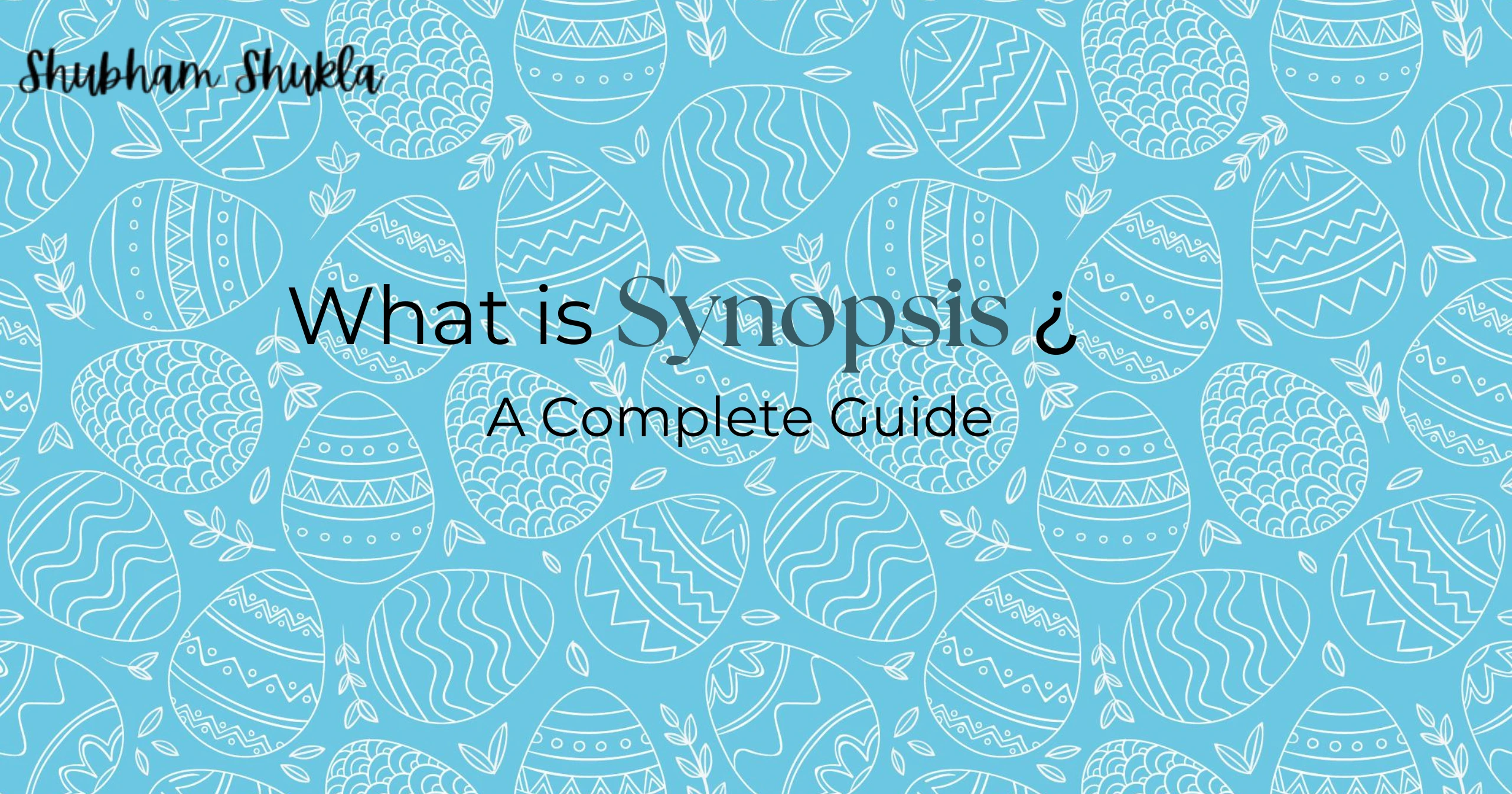Are you currently working on and writing your book? Best wishes! But choosing the right typefaces is an important part of the creative process that shouldn’t be disregarded. The choice of typefaces you make for your book will greatly impact its readability, appeal, and general appearance.
We’ll explore the world of typefaces in this comprehensive tutorial and provide guidance on selecting the best ones for your literary masterpiece.
Which font style is best for books?
Selecting a font style for your book is an important option. It has an immediate impact on how readers interact with your writing. A few traditional and well-liked font styles for books are as follows:
- Sans-Serif Fonts: This group includes typefaces like Calibri, Helvetica, and Arial. They appear sleek and contemporary because they don’t have the same serifs as their counterparts. Subheadings and chapter heads frequently employ sans-serif fonts.
- Serif Fonts: Classic choices for book text include serif fonts like Times New Roman, Garamond, or Baskerville. They have tiny lines, or serifs, at the extremities of the characters to make reading easier.
- Modern Fonts: You might want to think about using a modern typeface like Futura or Century Gothic if your book has an artistic or current subject. Use them exclusively in headings or titles, though, and in small doses.
- Book-Specific Fonts: Some fonts, such Sabon, Minion, and Palatino, are created especially for books. These fonts are great options for book content since they successfully combine elegance and readability.
You may also like: 10 Essentials Types of Characters in Literature (with Examples)
What Font Is Best for Book Titles?
You have the opportunity to be imaginative and draw readers in with your book titles. Though there is more latitude in this situation, readability is still crucial. Think about using these fonts for book titles:
- Personalized Fonts: To add a unique touch to their book titles, some authors choose to use custom-designed fonts. This option can produce a unique style, but it does require skilled design.
- Bold Serif Fonts: Playfair Display, Didot, and Bodoni fonts provide a sophisticated and striking appearance for book titles. Their strong serifs give them an intimidating appearance.
- Decorative Fonts: Novel touches can be added to publications in particular genres or artistic styles with decorative fonts such as Lobster, Cinzel Decorative, or Pacifico. But make sure they complement the concept of your book and use them selectively.
You may also like: The Impact of Literary Books on Culture and Society
What Is the Best Font and Size for a Book?
The optimal font and size for your book’s primary text rely on various criteria, including your target demographic and genre. Nonetheless, the following broad principles apply:
- Margin: Make sure there is enough space between words. This helps to avoid cluttered pages and improves the reading experience.
- Justification: For easier reading, text in most books is left-aligned (ragged-right). Keep your justification brief because it can cause irregular word spacing.
- Hyphenation: Avoid using too many hyphens as they might throw off the rhythm of a book. Instead, make changes to the line breaks and spacing.
- Font Size: Books usually have a font size of 10, 11, or 12 points. Select a size that allows for comfortable reading without causing eye strain. Larger print editions or children’s books could benefit from larger sizes.
- Line Spacing: To improve reading, keep a suitable line spacing (leading). 1.5 times the font size is a typical selection.
What font is Harry Potter written in?
The book titles and chapter headings in J.K. Rowling’s Harry Potter series are generally written in the font “Adobe Garamond.” Because it has a timeless and enchanting charm that fits with the series’ concept, this typeface was chosen.
The best five fonts for titles
Selecting a suitable font for your titles is essential if you want them to stand out and complement the content’s subject. The top five fonts for titles are as follows:
- Playfair Display: Playfair Display is a traditional serif typeface that exudes elegance and timelessness. It works especially well for magazine covers, book titles, and content for high-end brands.
- Lobster: A colorful font with a script-like appearance, Lobster gives titles a lighthearted and informal feel. It’s frequently used to draw attention to casual or creative efforts.
- Montserrat: With a sleek and geometric look, Montserrat is a flexible sans-serif font. It’s a common option for modern titles, particularly in branding and web design.
- Helvetica Neue: This contemporary, tidy, and adaptable typeface is excellent for titles. It is a well-liked option for many different design projects because to its readability and simplicity.
- Bodoni: Bodoni is a sophisticated serif font distinguished by a sharp contrast between its thick and thin strokes. It gives headings and titles a refined appearance.
Keep in mind that the font you choose should complement both the overall style of your website and the tone of your content. Try out many fonts to determine which one best suits the design and content of your project.
The top 5 fonts to use for content
- Calibri: Microsoft Office pre-installs Calibri, a contemporary sans-serif font. Because of its modern appearance and ease of reading, it’s a popular option for digital content and business papers.
- Georgia: Designed for digital screens, Georgia is a serif typeface. It is appropriate for web material and e-books due to its somewhat larger and rounded characters, which make it simple to read on displays.
- Verdana: Another sans-serif typeface designed for digital reading is Verdana. It’s a great option for online articles, websites, and presentations because of its clean lines and wide space.
- Arial: Known for its simple and elegant appearance, Arial is a popular sans-serif font. It is appropriate for print as well as digital content and provides outstanding readability across a range of text sizes.
- Times New Roman: Known for its classic serif style, Times New Roman is incredibly readable in printed products. Because of its formal and conventional appearance, it is frequently employed in books, newspapers, and academic publications.
You may also read: Powerful Adjectives to Describe a Person (With Examples & Tips)
Think about the intended audience, the medium (print or digital), and the project’s overall design when choosing a typeface for your material. Selecting a typeface that improves readability and harmonizes with the content’s visual style is the aim.
Every typeface has a distinct degree of readability because, as you can see, they are all unique even at the same font size.
Think about the intended audience, the medium (print or digital), and the project’s overall design when choosing a typeface for your material. Selecting a typeface that improves readability and harmonizes with the content’s visual style is the aim.
Every typeface has a distinct degree of readability because, as you can see, they are all unique even at the same font size.



